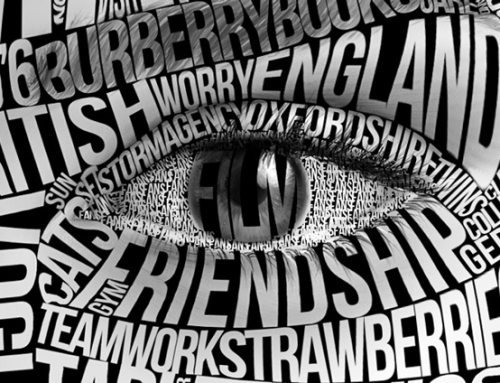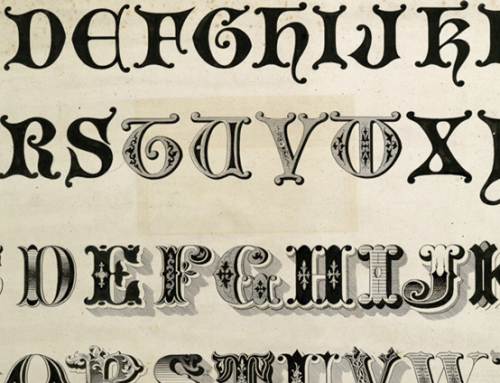As a graphic designer, starting my career in the mid 1980s in a third floor Bristol studio, back in the days of drawing boards, Rotring pens and Letraset, one of the first fonts I ever become aware of was Helvetica.
How do typefaces get their name?
Back then I never really thought too much about how or why fonts got their names or ironically, that someone must have designed them. Before ‘Desktop Publishing’ appeared, seemingly allowing the world and his dog to become design consultants overnight, not too many people outside of the design industry gave too much thought to typefaces. Choosing which font to use would have never entered most people’s world back then. Of course these days everyone who has ever typed a letter on a computer will be aware of fonts and the vast amount of different ones that are available.
A while ago I noticed that, on the face of it (no pun intended), what looked like the same font as Helvetica was appearing in my list as a typeface called Switzerland. Obviously I’m aware of trademarks and licensing and realise that if you make a very similar font you can’t just go stealing someone else’s trademarked name, but why Switzerland? Normally when fonts are copied (ah, erm, I mean when a very similar one is created!) they normally tend to be given names that sound similar. A good example of this is Garamond (original font) – Garamand (similar, normally free font). So why was I not seeing Helvatican, Helvy, Elvatica or some such similar name? To understand the answer I had to explore the history of this popular font.
Helvetica was the most used typeface of the twentieth century and still remains one of the top 5 most used fonts in the world today, with the likes of Apple, NASA and Microsoft noted as fans. It actually started life in 1957 as a typeface called ‘Neue Haas Grotesk’, designed by Max Miedinger and Edouard Hoffman of the Haas’sche Schriftgiesserei (Haas Type Foundry) of Münchenstein, Switzerland. So why the name Helvetica? Well a company called Linotype adopted the font and increased the family range (condensed, light, expanded, extra bold, etc…) and, in 1960, renamed it Helvetica from the latin name for Switzerland: Confoederatio Helvetica (hence why we see CH on Swiss cars travelling abroad!). The font was marketed as a symbol of cutting-edge Swiss technology and Helvetica went global overnight.
So, knowing the history it all becomes as clear and easy to understand as the typeface itself.




Leave A Comment
You must be logged in to post a comment.